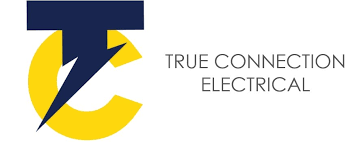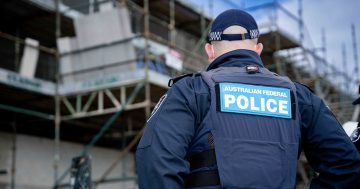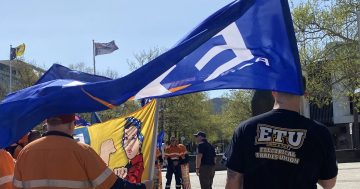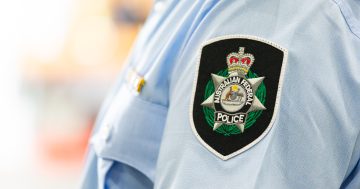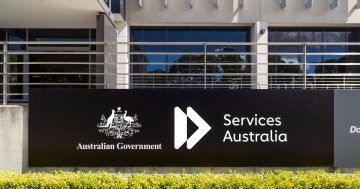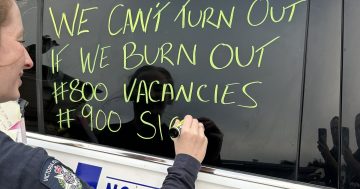The Liberals’ Alistair Coe is poking the bear that is the huge amount of subsidy for the ACTION bus service:
Every ACT adult pays an extraordinary $321 every year for ACTION buses, whether or not they use the service, Shadow Minister for Transport Services, Alistair Coe, said today.
“For too long the Government has talked about improving the efficiency of the ACTION network, but these figures highlight just how much each voter is paying every year for a service government figures estimate only around 8 per cent of Canberrans use,” Mr Coe said.
“Every year Canberra taxpayers subsidise the ACTION network by approximately $80 million. However the actual cost per capita, or per adult, really highlights the massive amount each ACT adult pays for a network that doesn’t suit the needs of many Canberrans.
So Rioters, how would you fix this?
Or are you happy just as it is?








